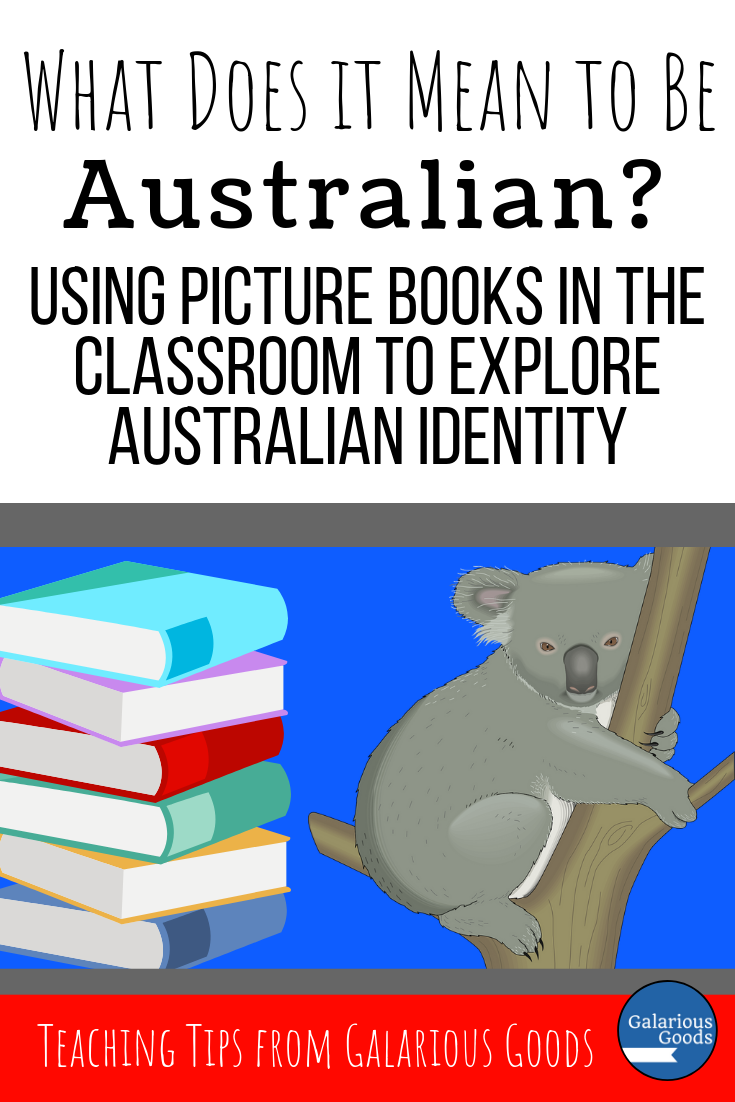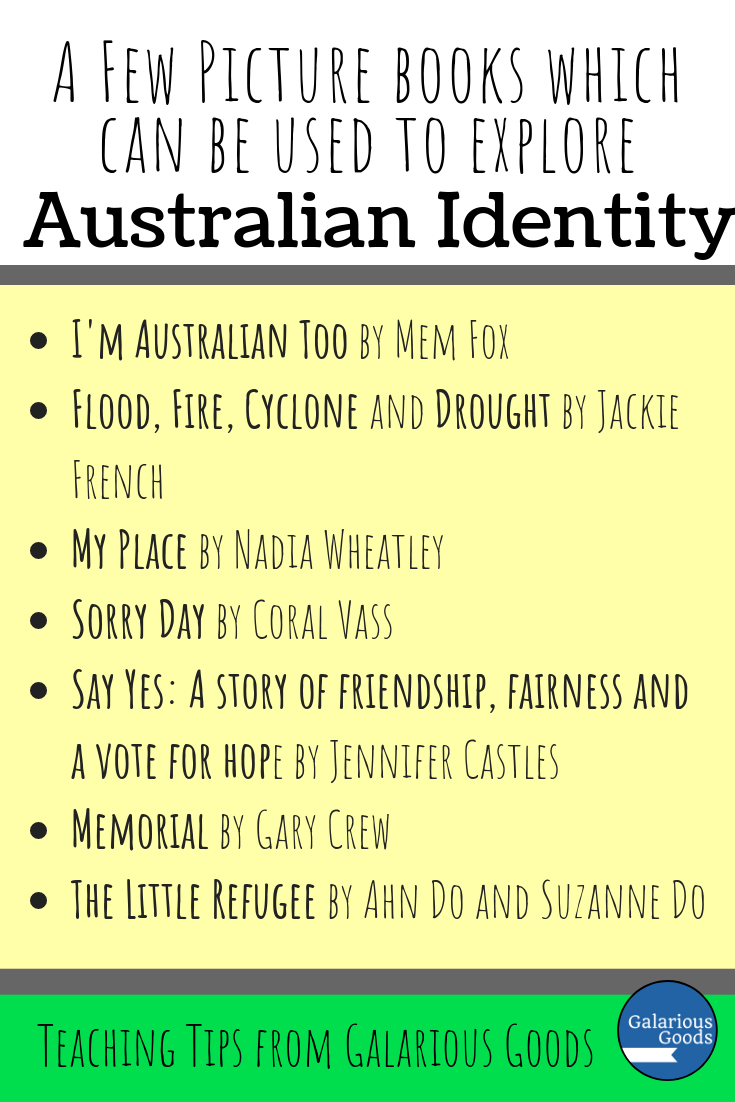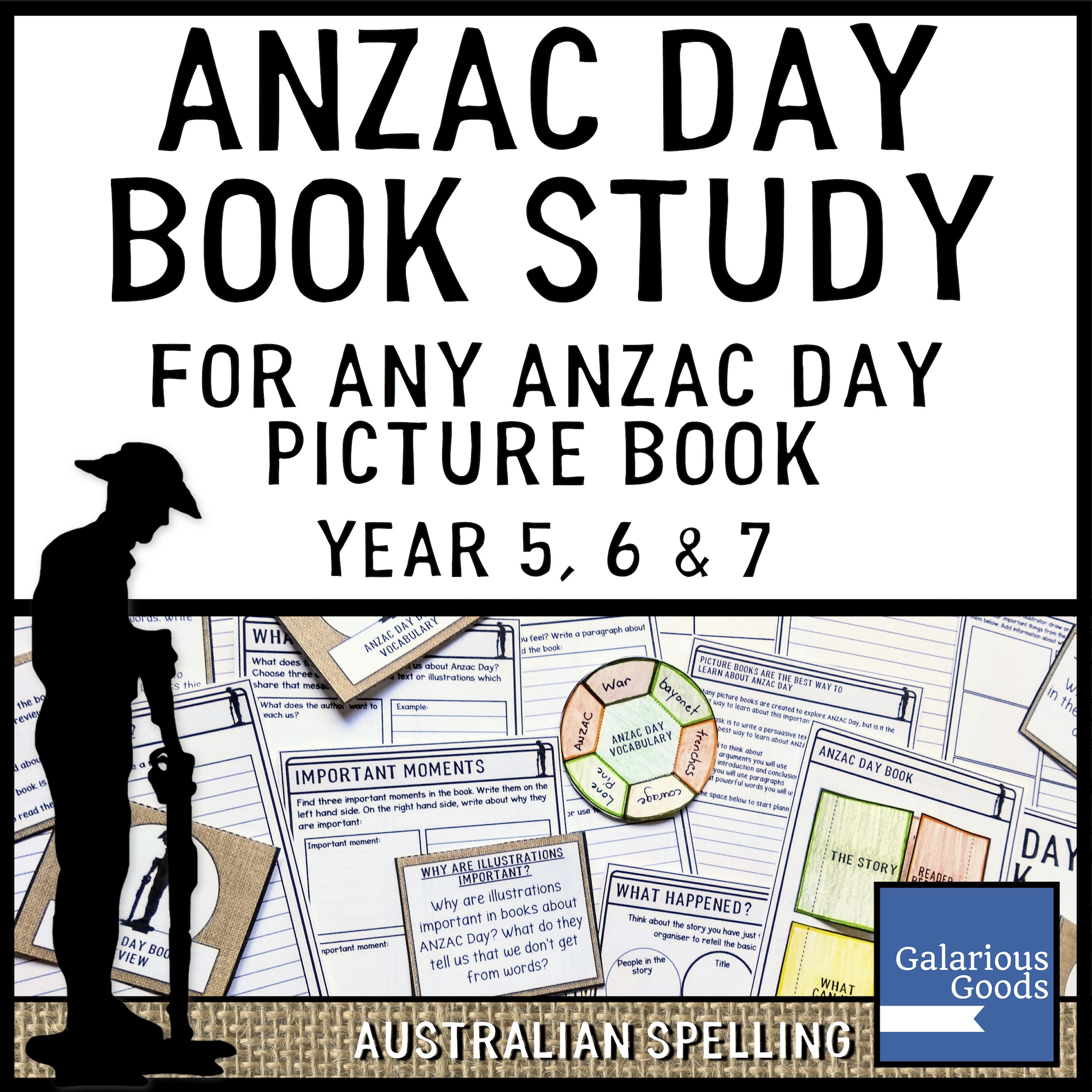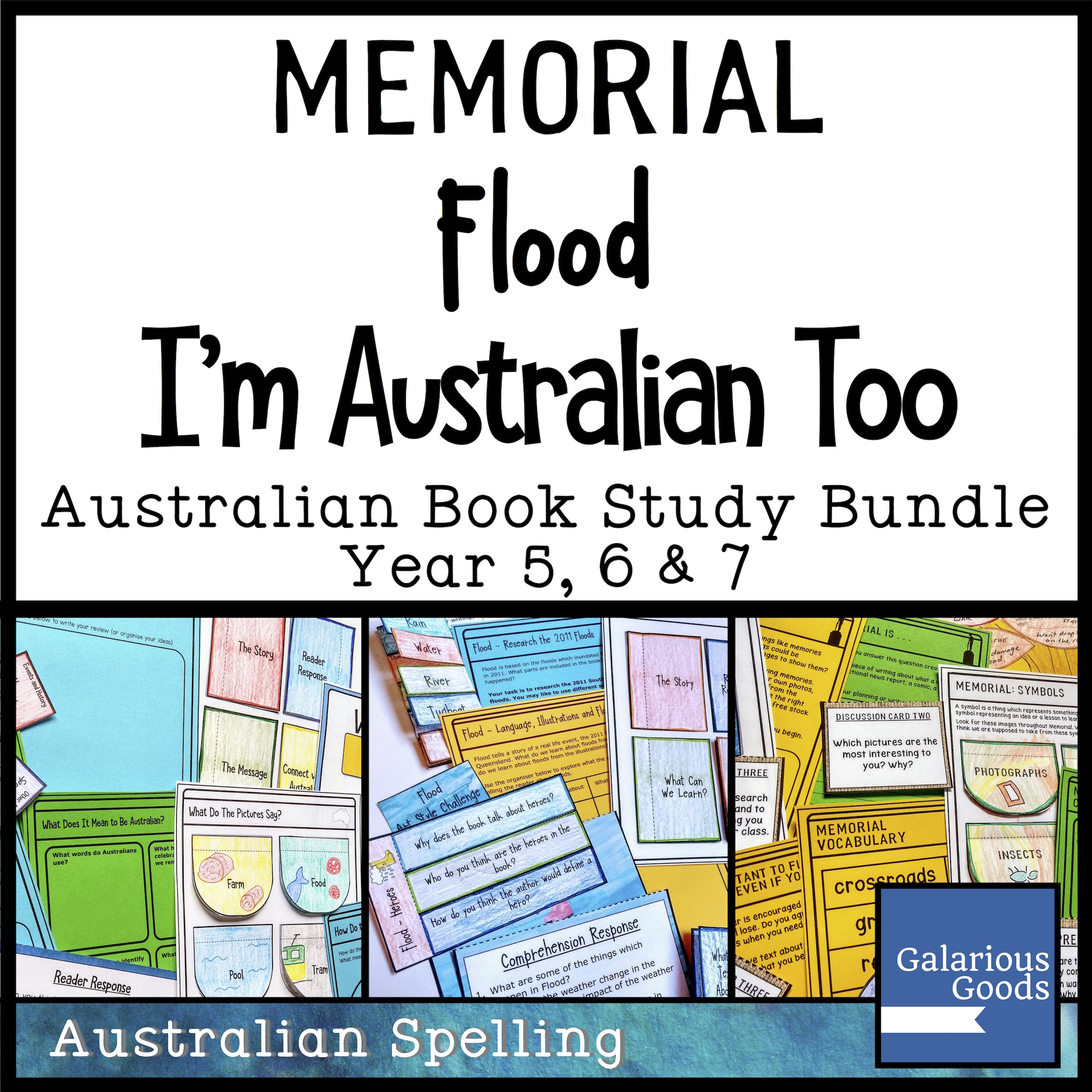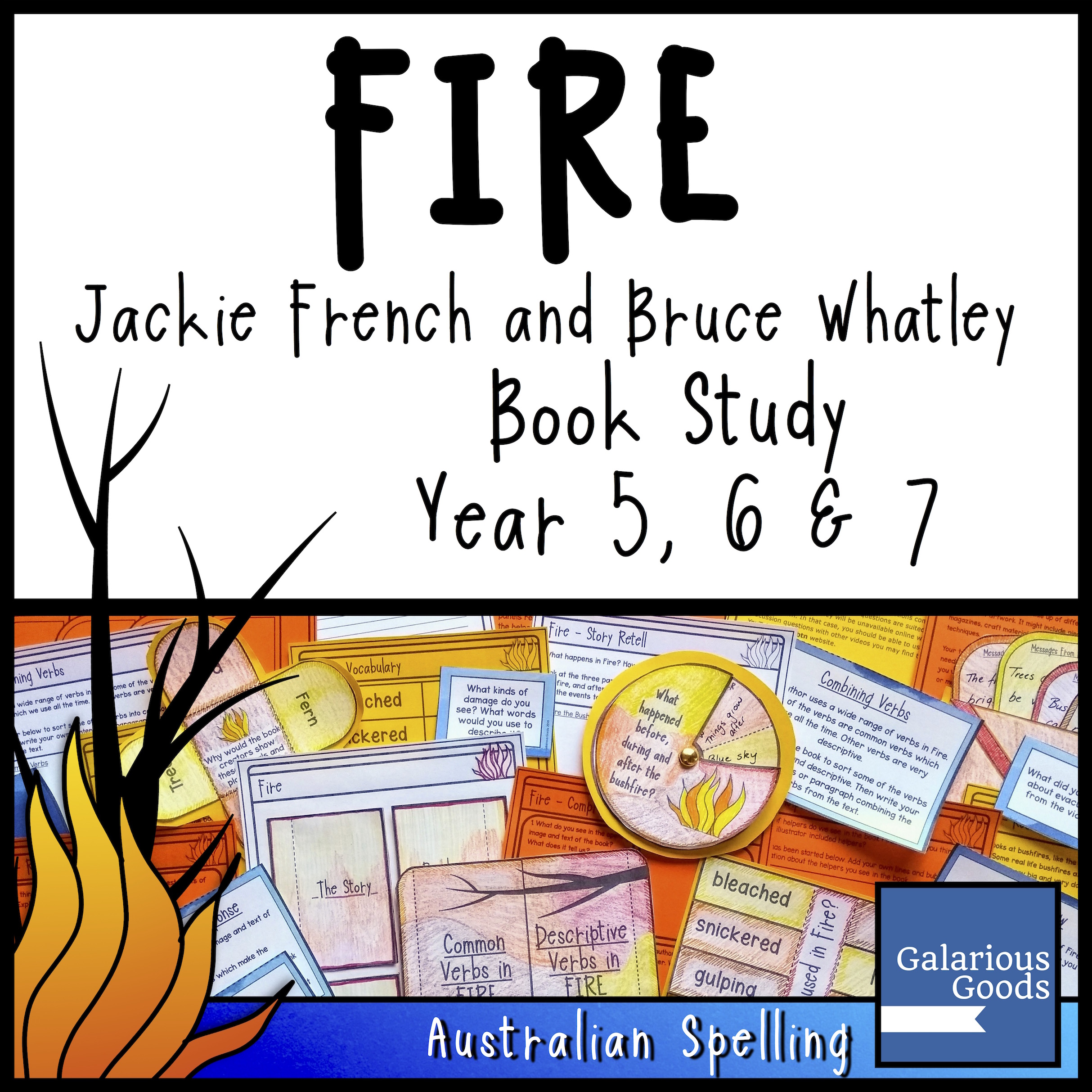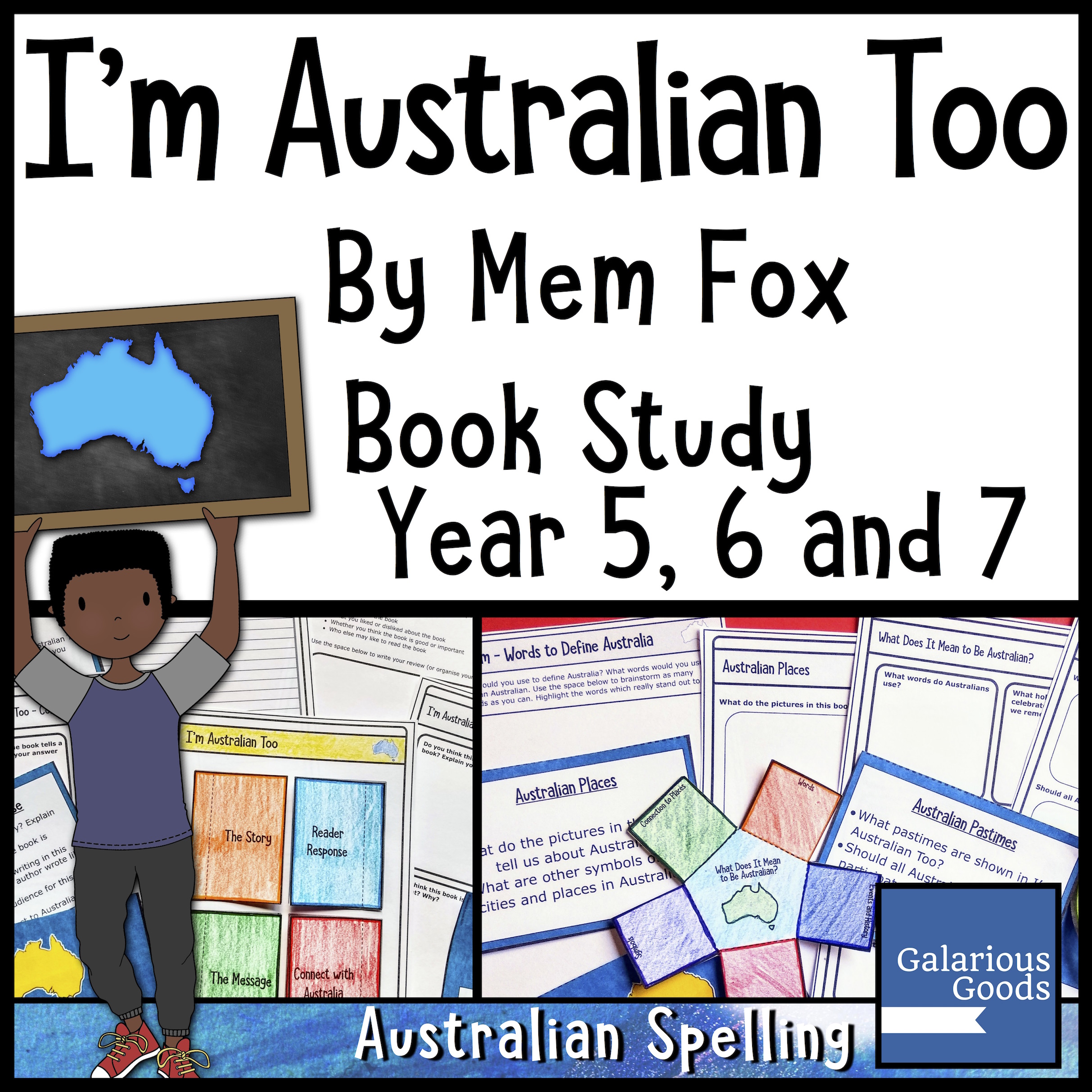What Does it Mean to Be Australian?: Using Picture Books in the Classroom to Explore Australian Identity
/As you read through I’m Australian Too, written by Mem Fox, it is easy to see how this book can be used to explore Australian identity in the classroom. By adding a wide range of other Australian picture books, we can further facilitate these discussions and create a better understanding of what it means to be Australian for our students.
What it means to be Australian and how we define the ‘Australian way of life’ have been topics of discussion for a very long time. Many people, from politicians to journalists to public figures have weighed in on these questions and many different answers have been offered. It is a topic which features prominently in Australian discourse, especially from politicians - and a topic which can easily spill into our classrooms as politicians insist that ‘Australian values’ be taught to our students.
Getting adult Australians to agree on what it means to be Australian is a difficult task, but it’s important that we engage our students in what it means to them. By having these discussions in the classroom, we allow them to look at their own identity as Australians, the identity of the people around them and how Australia may be viewed by the world. We give them ideas and words which allow them to take part in a larger conversation.
There are a wide range of Australian picture books which can prompt questions and discussions of Australian identity. From books which focus on a range of different characters from different backgrounds (like I’m Australian Too or My Place) to books which explore moments of history (like Sorry Day and the many ANZAC Day related books) to books which give us a sense of place (like Mrs White and the Red Desert) to books which explore big and devastating events which tend to shape up (like Jackie French’s natural disaster books). There are books which help out students understand who we are, how we got here and where we might go next.
But how can we use these books effectively in the classroom when we talk about Australian identity? In a 2012 Australia Day speech on Australian Identity, the Race Discrimination Commissioner Dr Helen Szoke points out that identity is a tricky concept - that it is linked to our perceptions of ourselves, the way we view others and stereotypes which may or may not be accurate. These three links to identity allow us to form a great framework to explore Australian picture books which deal with Australian Identity.
How we view ourselves
If we offer a wide range of Australian picture books in our classroom, students should be able to find moments which offer a connection to their own experiences. They may talk about their local war memorial like the one in Gary Crew’s Memorial, or hearing about drought like the one in Jackie French’s book. They might recognise the tall buildings in Narelle Oliver’s Home or the tram in I’m Australian Too.
Students can keep a list of these connections or note them on sticky notes as they read through the books. They can examine these lists or collections of notes and reflect on how their experiences connect them to the ideas of Australian identity.
Using compare and contrast graphic organisers, students can explore how they ‘fit’ within the Australian identity shown in these picture books and how they are different.
Students can also dig deeper to see what ‘hidden’ messages the authors and illustrators have included about Australian identity and what that means to them. What is the author saying when talking about helpers cleaning up in Flood (by Jackie French)? What qualities are those people showing? Are they Australian qualities? How do I reflect those qualities in my own life?
How we see others (and the world around us)
As well as showing us connections to our own experiences, Australian picture books allow us an insight to other Australians, Australian places, Australian history and Australian experiences.
As students read these books they can take notes of questions they might have:
Why do farmers have to feed animals in drought?
Why were some children not allowed to swim in the pool?
Why did they take horses on the boats to war?
What would it be like to escape your country on a tiny boat?
Students can work in pairs or small groups to sort their questions, finding questions which are similar. They can discuss which value might go with those questions.
Students can also look at which books are connected to other books. They may put books about the Australian environment together and books about our history in another group. They might talk about how different books show different aspects of drought and how it impacts Australian identity. They can discuss how the authors might define Australian identity.
Exploring Stereotypes
As I write this post, I have just retrieved our family’s Christmas books from the cupboard. One of the books is an old Australian version of the 12 Days of Christmas, complete with a swagman in his singlet, boots and cork hat. What does that tell us about Australian identity?
As our students explore these picture books, it’s important to discuss the stereotypes of a ‘typical’ Australian. Students may like to draw a picture or write a description of a ‘typical’ Australian before they start reading any of the books.
Students can see that many Australian picture books offer an image of Australia which is mostly different from the ‘typical’ image. They can discuss why that it, why a stereotype may not be accurate, how we can better illustrate and describe Australian identity in the future. By using an understanding of stereotypes, they can identify the choices authors and illustrators make when they do and don’t follow those stereotypes of ‘typical’ Australians.
Every year we’re seeing more picture books telling us the stories of Australia and Australians. These are useful tools in our classrooms in a number of ways - especially as they guide us to a better understanding of what it means to be Australian.

